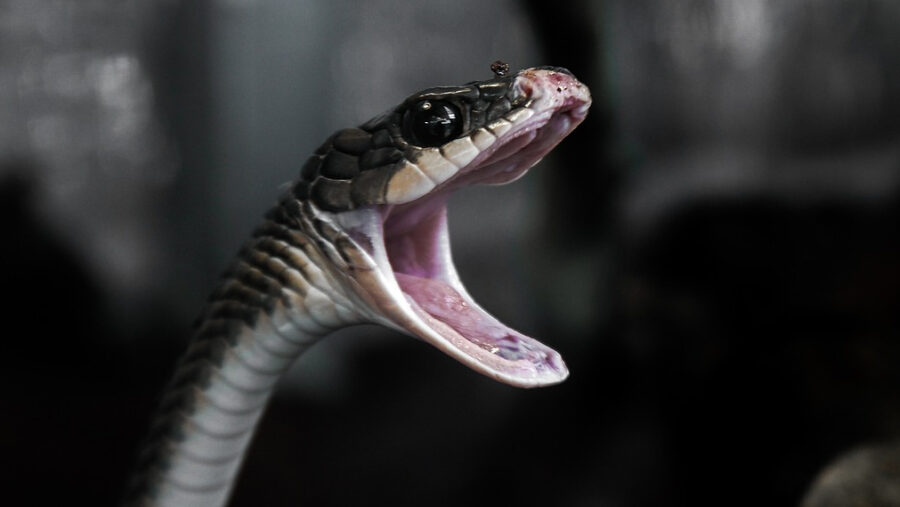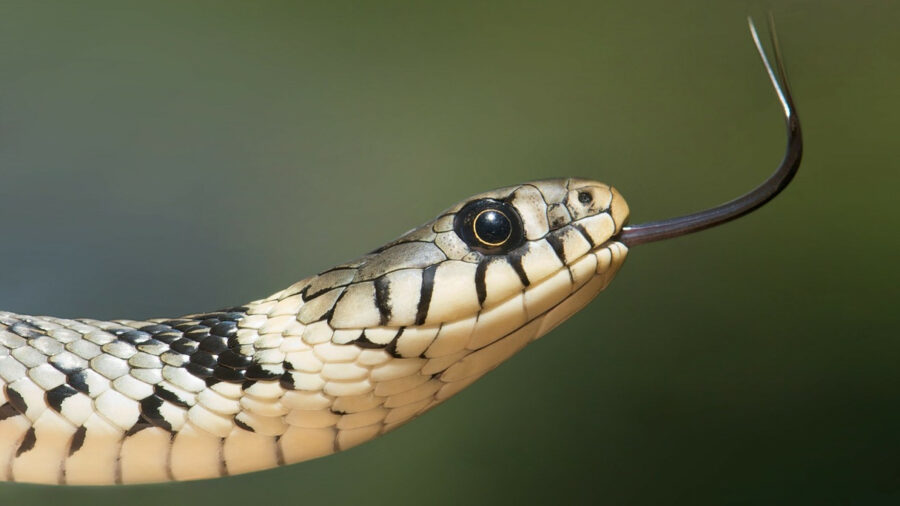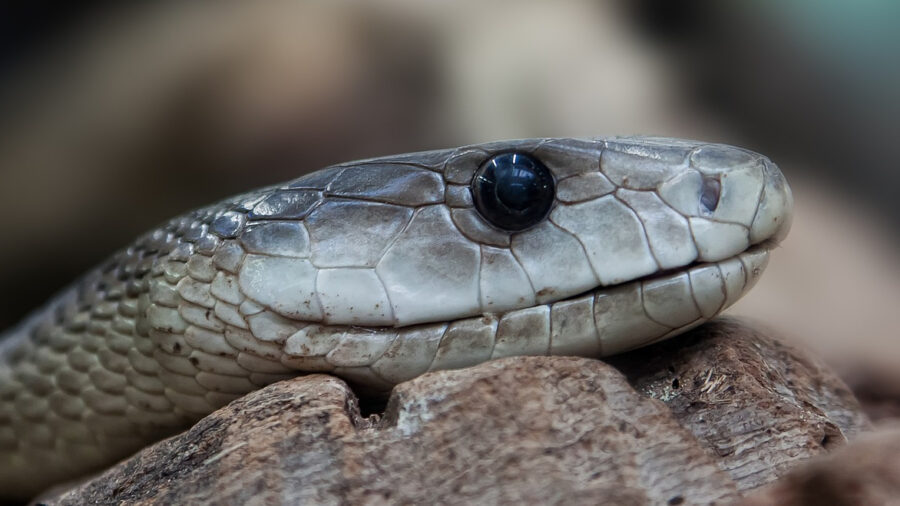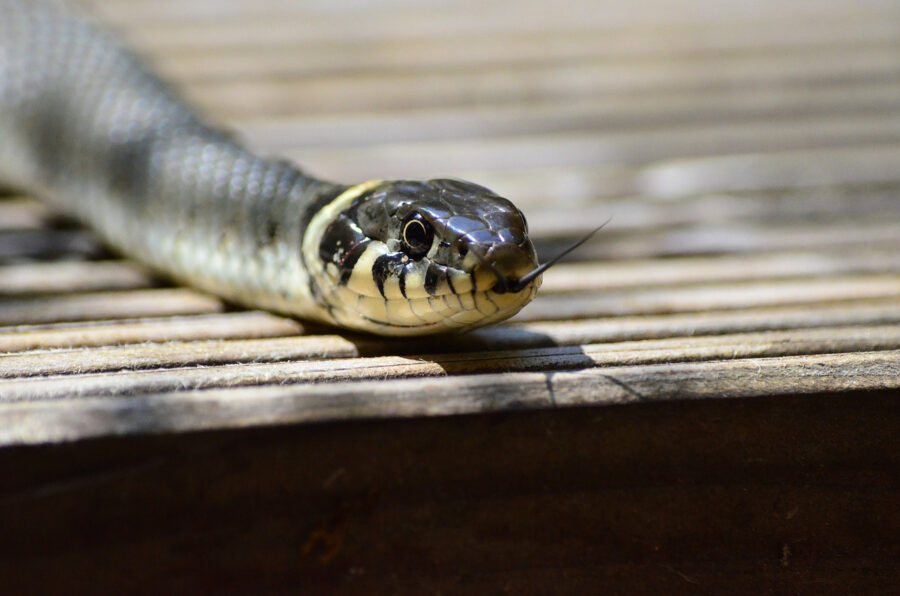A Deadly New Species Of Snake Has Been Discovered
A new type of snake has been discovered and it's dangerous.
This article is more than 2 years old

Researchers have identified a new species of snake and this one is not only venomous, but it comes from one of the deadliest groups of snakes found in Asia.
This new reptile species is called the Suzhen’s krait (Bungarus suzhenae) and was previously thought to be part of the many-banded krait (Bungarus multicinctus). But researchers conducted a more careful examination of the snake over a three-year period, to include its features and mitochondrial DNA sequence data, coming to the conclusion there was enough difference to warrant the creation of a new species.
Unlike our earlier reports on the Australian sea snakes, these very deadly Suzhen’s kraits are found in southwestern China and northern Myanmar rice fields and streams monsoon forests from 2,600 to 5,100 feet elevation. The new species was one of four krait species that had been labeled together as the many-banded krait. These kraits are mainly black and white that look very similar upon first glance but researchers have found the Suzhen’s krait to have a distinct number of bands located on its body and is longer than the other three species.

Study researcher Gernot Vogel, of the Society for Southeast Asian Herpetology in Germany, explained in an email to Live Science, “Our longest specimen was 135.5 centimeters [4.5 feet] but part of the tail was missing, so it was surely larger than 150 cm [4.9 feet]. We can expect a length of about 180 cm [5.9 feet].” A nearly six-foot-long venomous snake is definitely something to avoid.
There were other, more subtle, differences between the new and older species. Some were in the teeth, the underside of the tail’s coloration, and also in the shape of the male snake’s hemipenes, the snake’s version of a penis, which is separated into two parts. But it was the snake’s bite that really was the telling difference.
While most kraits possess a venomous bite, not all of them are deadly. “It is very dangerous,” says Vogel. “Because kraits are highly lethal, understanding their species diversity and geographic distribution is vital for saving human lives.” Then Vogel said something not many probably wish to hear. “Krait species are active at night and they often enter houses in search for food,” Vogel said. “So often sleeping people are bitten while touching the snake during their sleep.”

The Suzhen’s krait is thought to be the snake responsible for quite a few high-profile snakes vs. human incidents to involve herpetologists. It was this snake that supposedly took the life of famed snake researcher Joseph B. Slowinski after he was bitten by one in 2001. He died roughly 30 hours after the bite. But it was another bite, this time in 2015 of Chinese herpetologist Mian Hou, that really had researchers thinking. Hou survived the bite, but most bites by kraits don’t associate with the pain and darkened skin coloring. “It hurt around the wound, and the skin around it turned dark,” said Hou via Eureka Alert.
With researchers now able to identify this new species, it makes the advent of an antivenom that much easier. “Three species of the black-and-white banded kraits from China were previously put under the same name – many-banded krait, which would hinder appropriate medical treatment,” said the researchers.
This new species of krait was named after the Chinese legend and mythical figure Bai Su Zhen, a powerful snake Goddess of the Chinese myth Legend of White Snake. According to the tale, after thousands of years practicing magic, white snake Bai Su Zhen transformed herself into a young woman. She then fell in love with a man, Xu Xian. Even though the pair saved many lives using medicine and magic in a hospital then ran, love between a goddess and a human was forbidden by the gods. Eventually, as Bai Su would not give up her love, she was imprisoned in a tower for eternity. She became a symbol of true love and good-heartedness to the Chinese and their mythology. How Bai Su Zhen’s story relates to the new species of deadly krait is a good question.

Again, though, the discovery of this new species of krait has the potential of saving many lives in the southwest China and northern Myanmar regions with the ability to now properly diagnose a Suzhen’s krait bite. The researchers, which include Vogel as well as his partners Ze-Ning Chen, Sheng-Chao Shi, Li Ding, and Jing-Song Shi, have published their findings in Zookeys.












